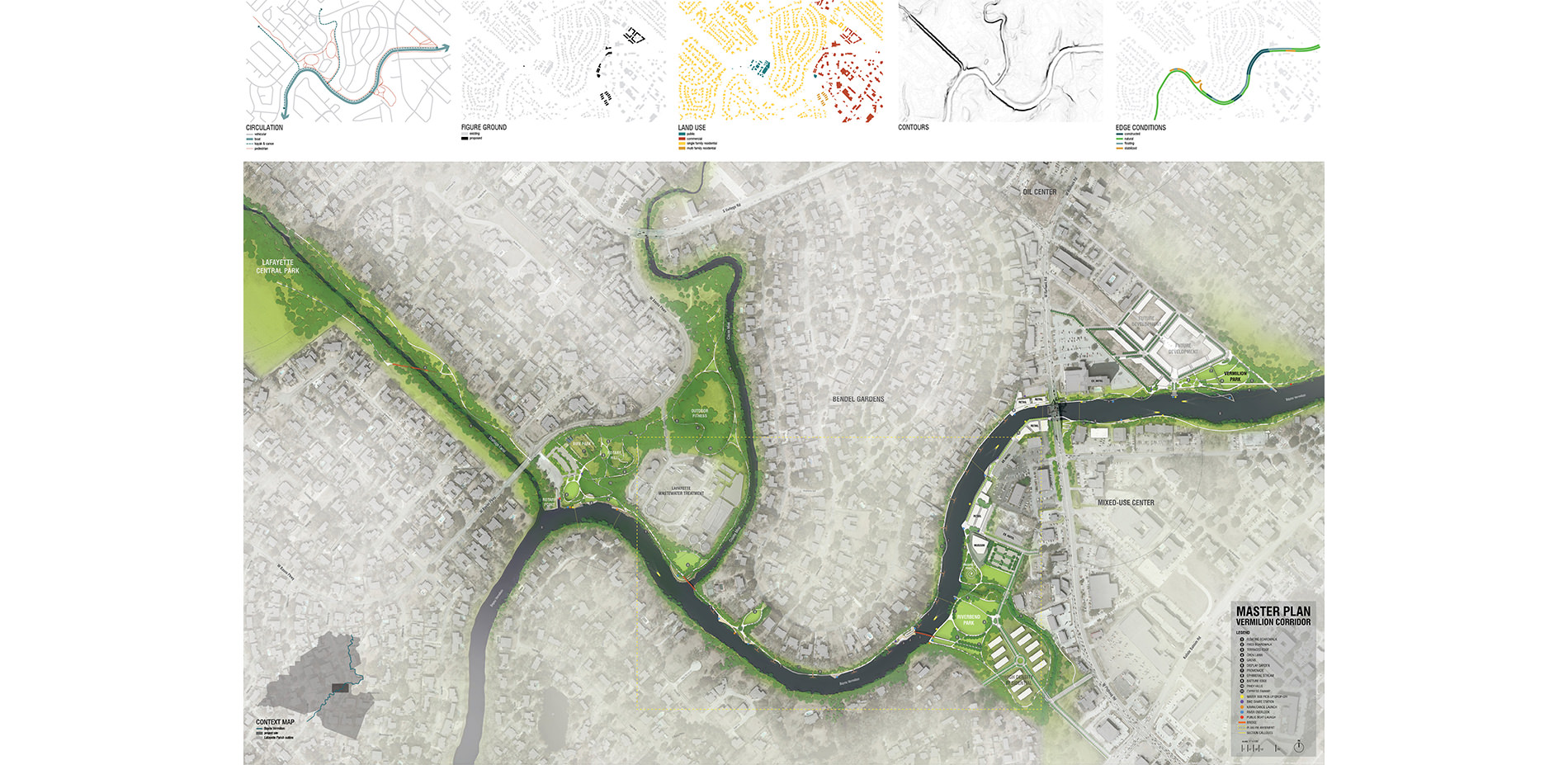
Master Plan: Verilion Corridor
Photo Credit: Kelly Morvant Photography
Media: Please submit high-resolution image requests to images@asla.org.
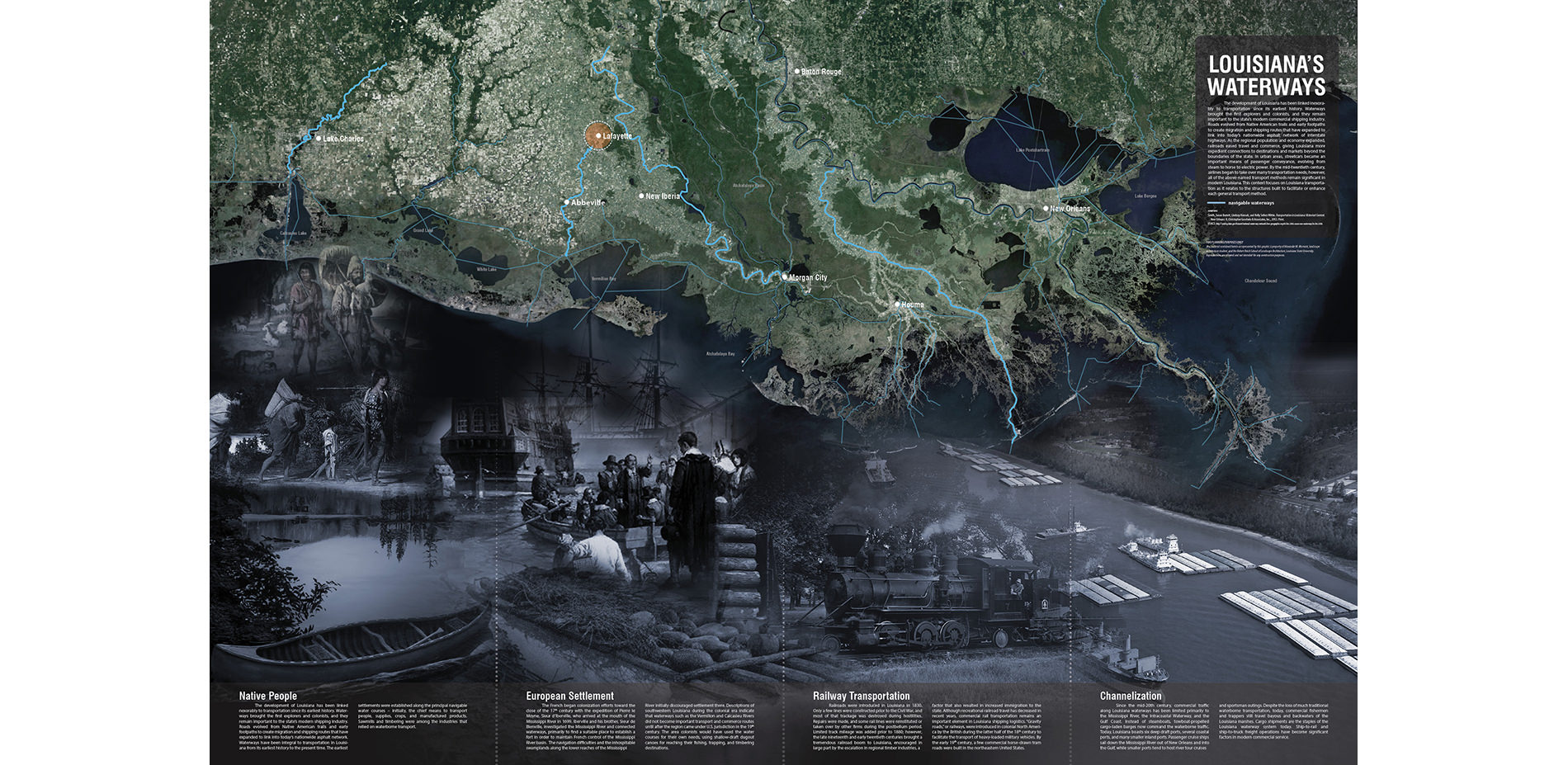
Louisiana's Waterways
Photo Credit: Kelly Morvant Photography
Media: Please submit high-resolution image requests to images@asla.org.
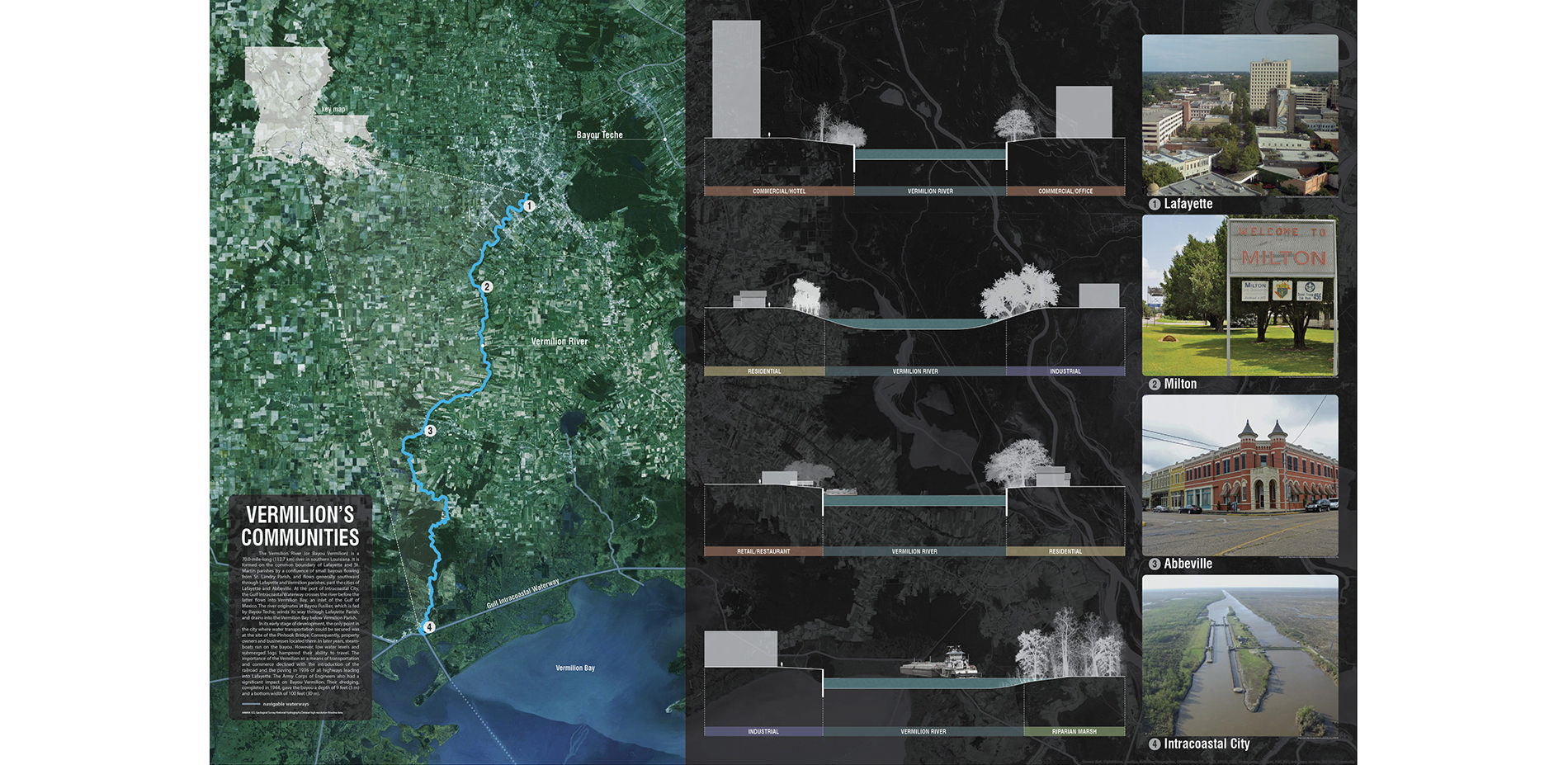
Vermilion's Communities
Photo Credit: Kelly Morvant Photography
Media: Please submit high-resolution image requests to images@asla.org.
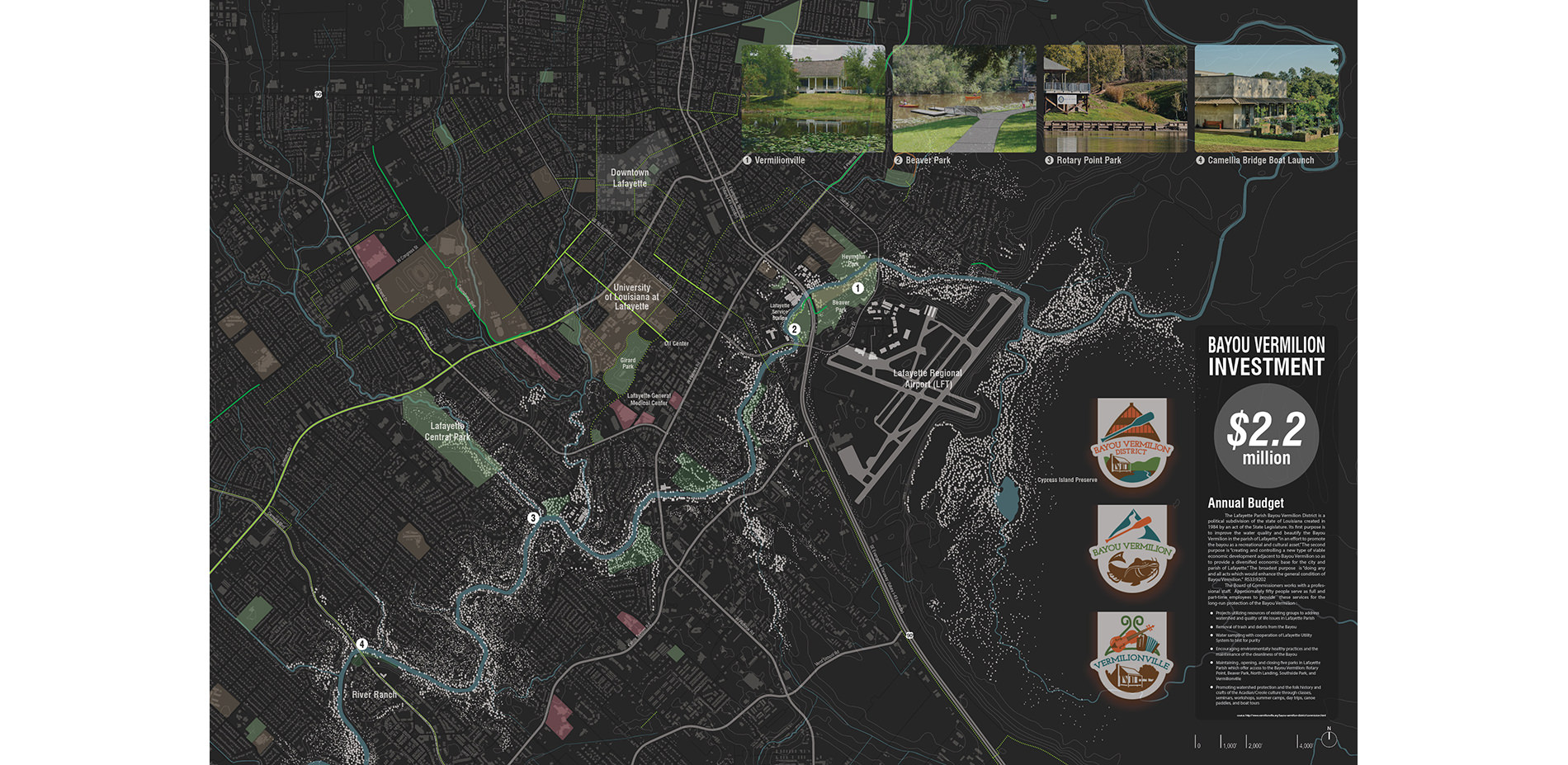
Bayou Vermilion Investment
Photo Credit: Kelly Morvant Photography
Media: Please submit high-resolution image requests to images@asla.org.
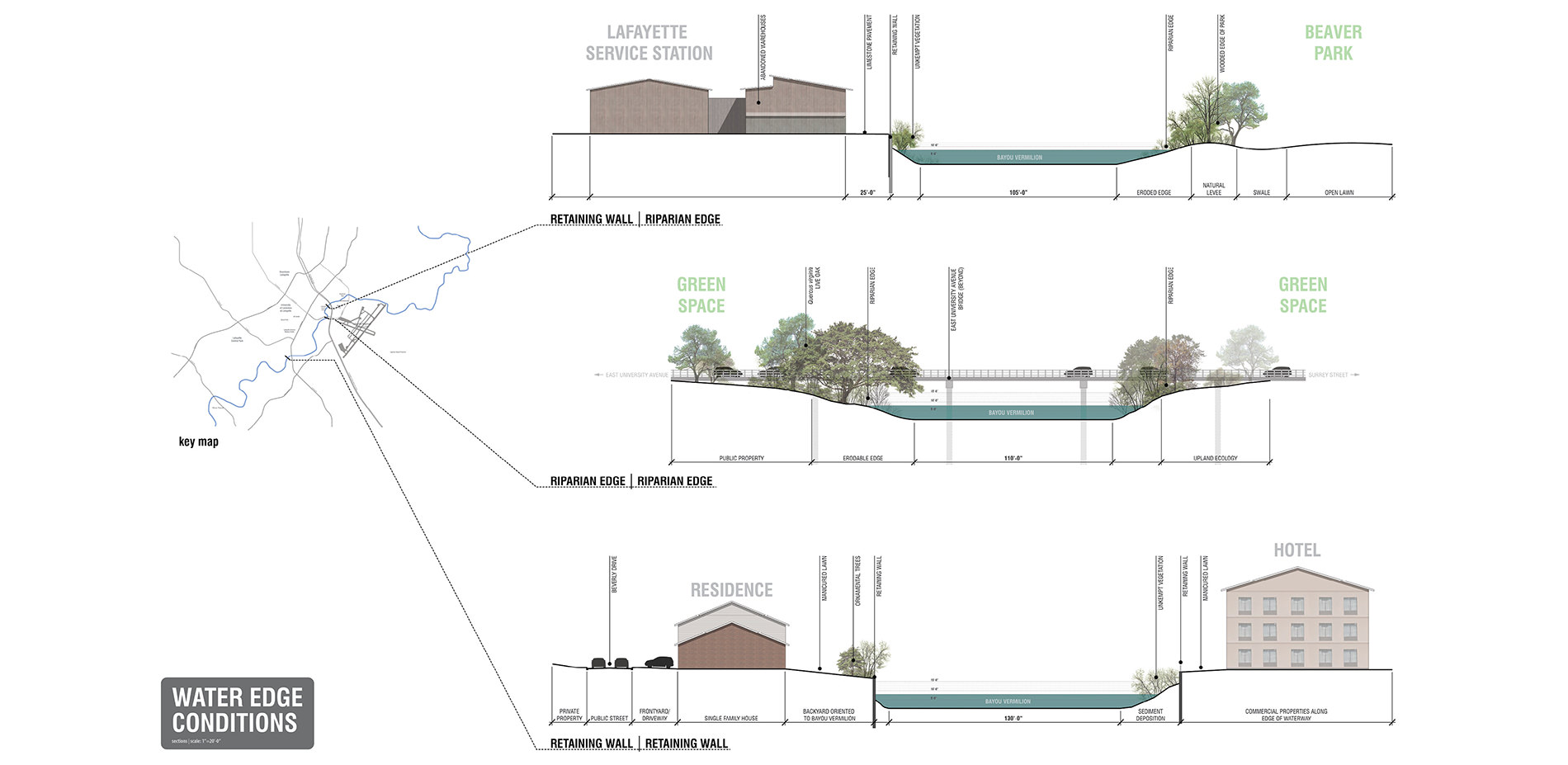
Water Edge Conditions: Lafayette Service Station
Photo Credit: Kelly Morvant Photography
Media: Please submit high-resolution image requests to images@asla.org.
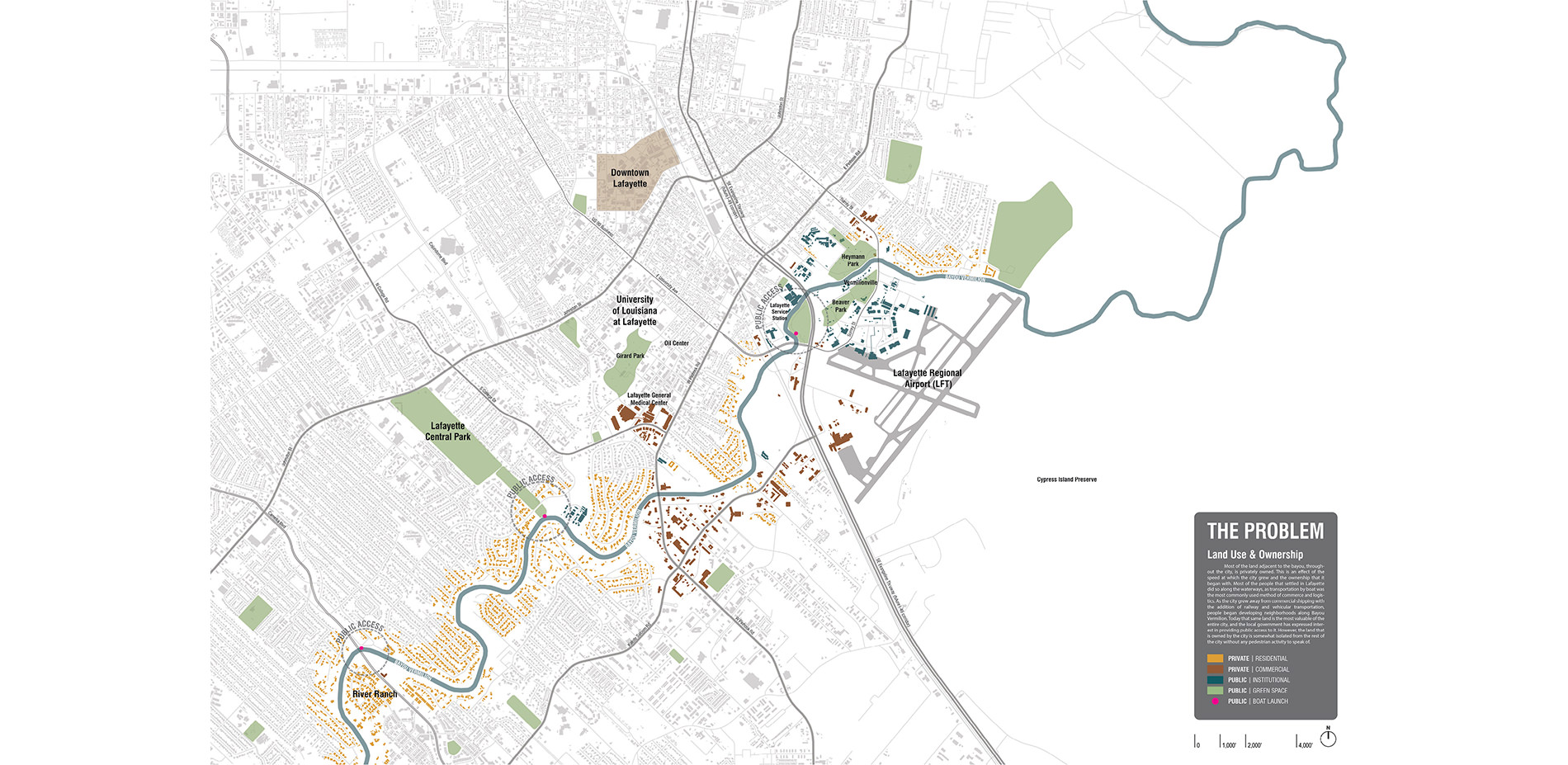
The Problem
Photo Credit: Kelly Morvant Photography
Media: Please submit high-resolution image requests to images@asla.org.
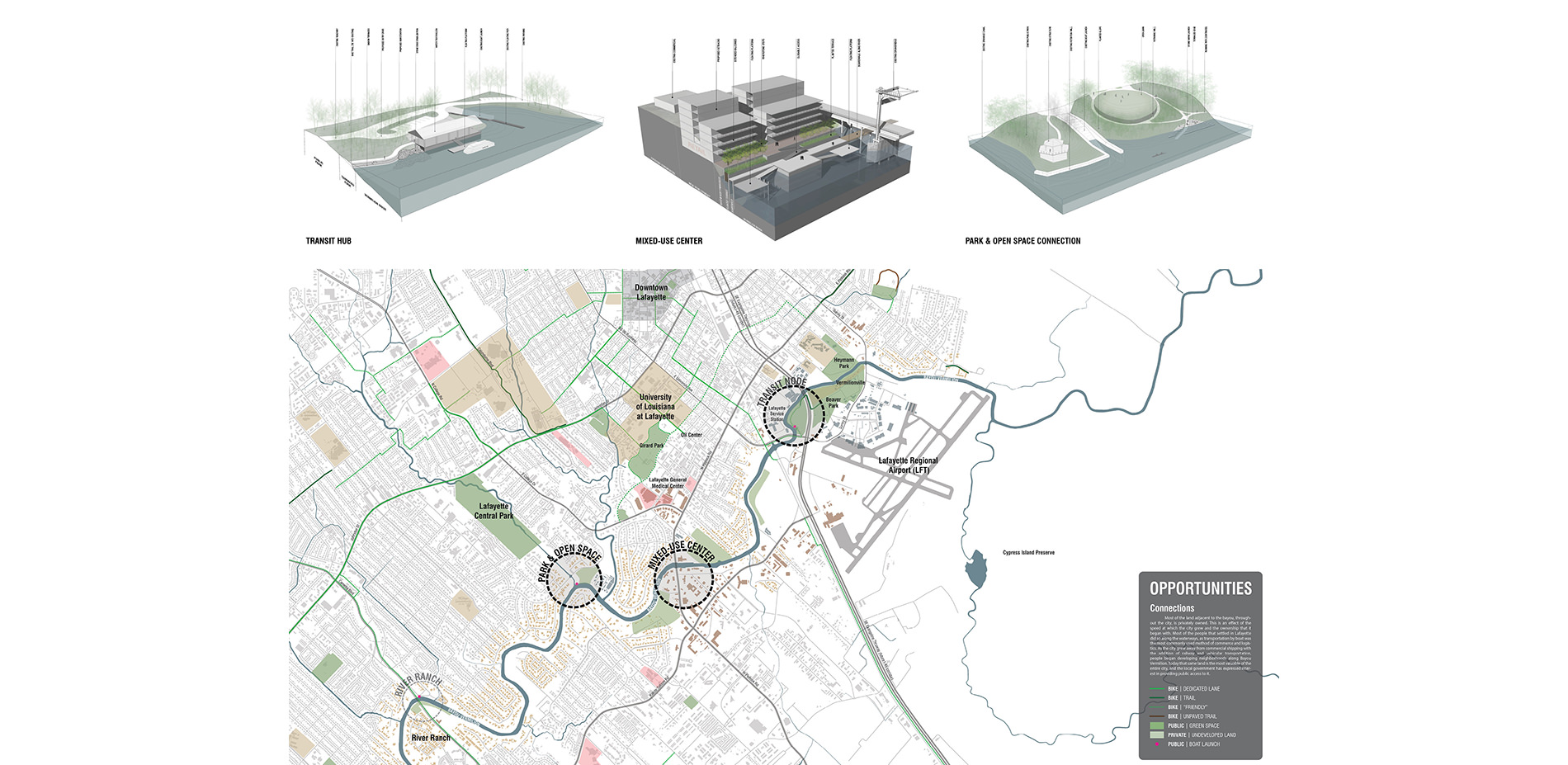
Opportunities
Photo Credit: Kelly Morvant Photography
Media: Please submit high-resolution image requests to images@asla.org.
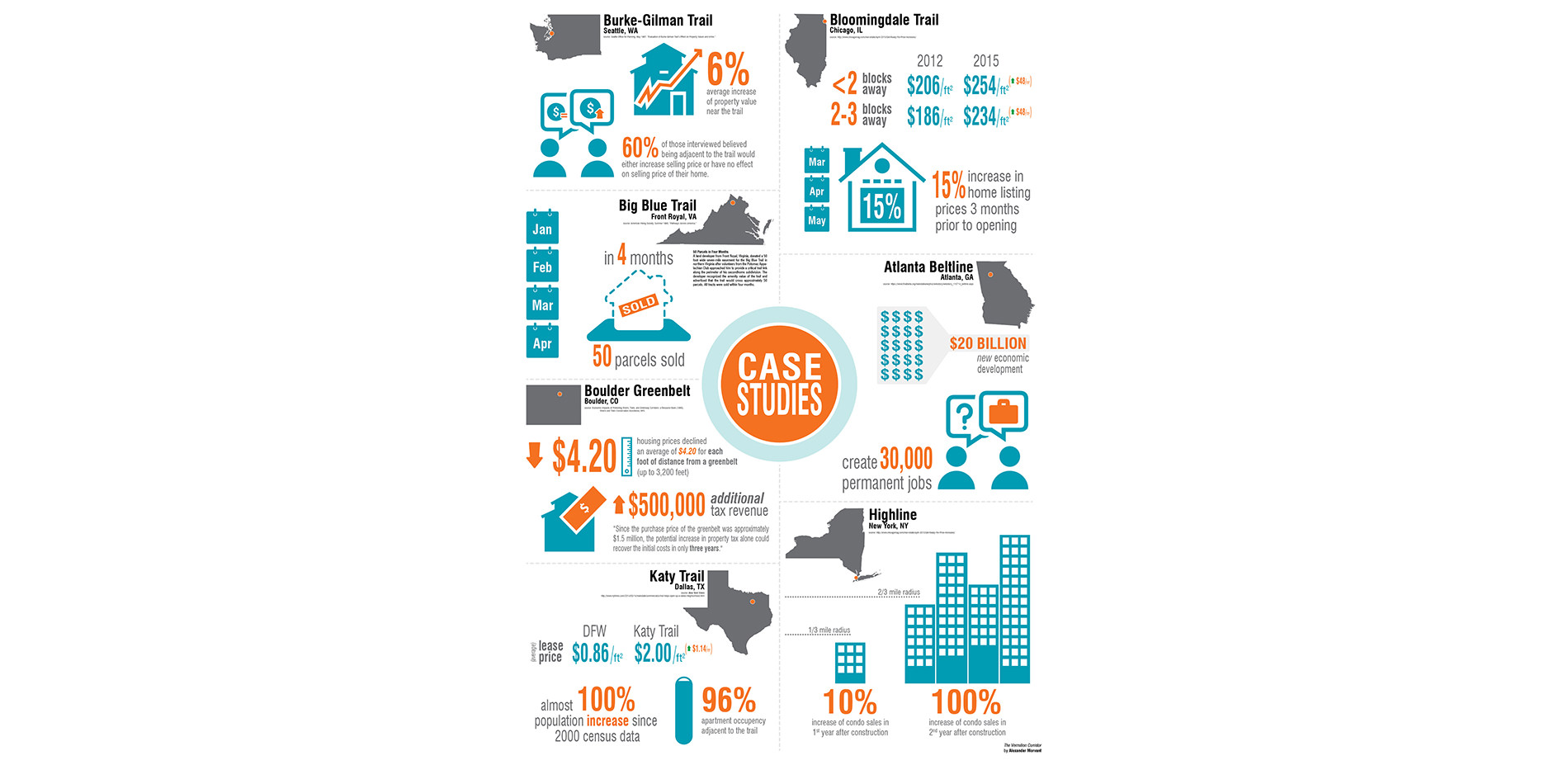
Left: Burke-Gilman Trail; Right: Bloomingdale Trail
Photo Credit: Kelly Morvant Photography
Media: Please submit high-resolution image requests to images@asla.org.
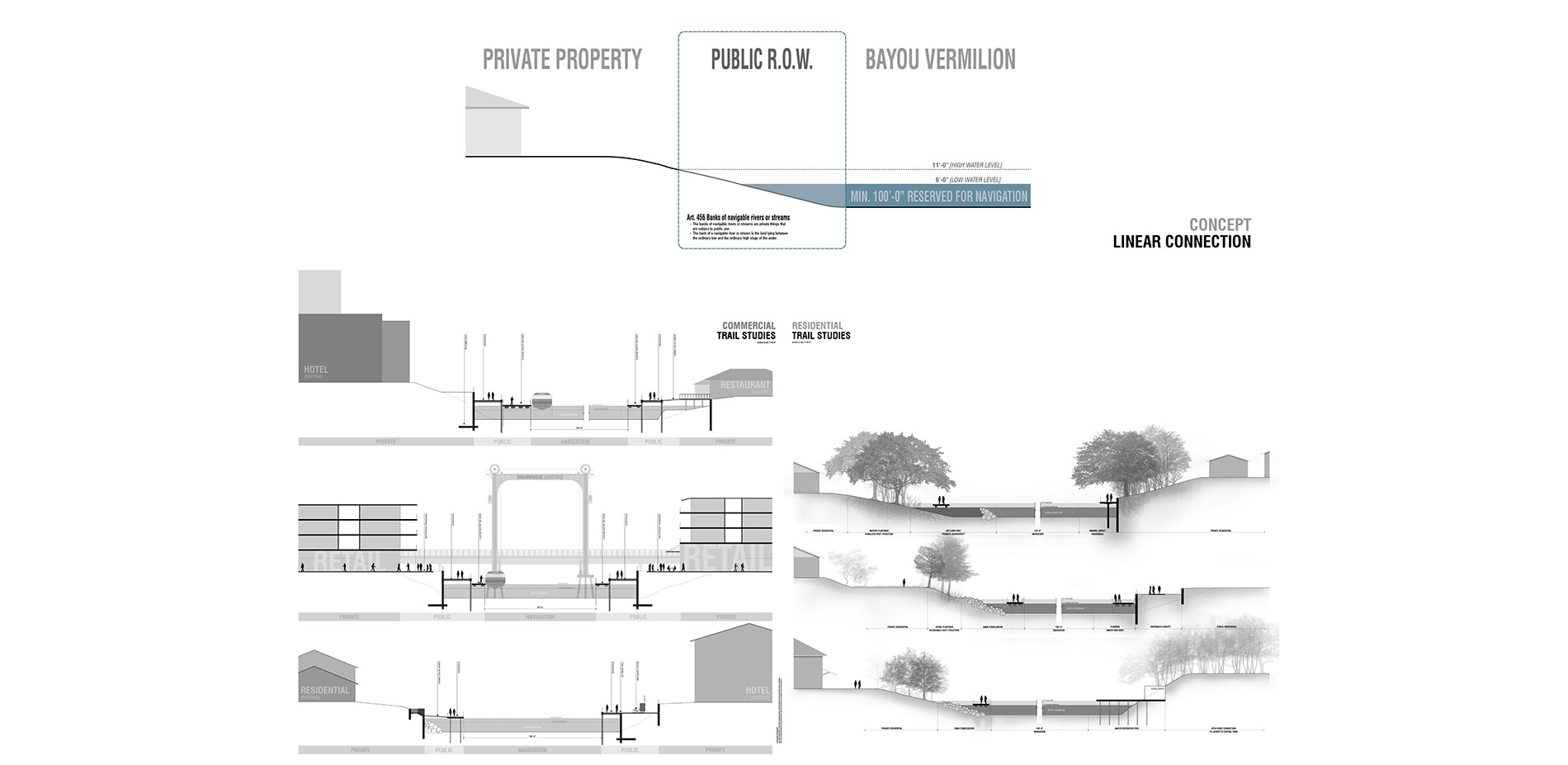
Concept: Linear Connection
Photo Credit: Kelly Morvant Photography
Media: Please submit high-resolution image requests to images@asla.org.
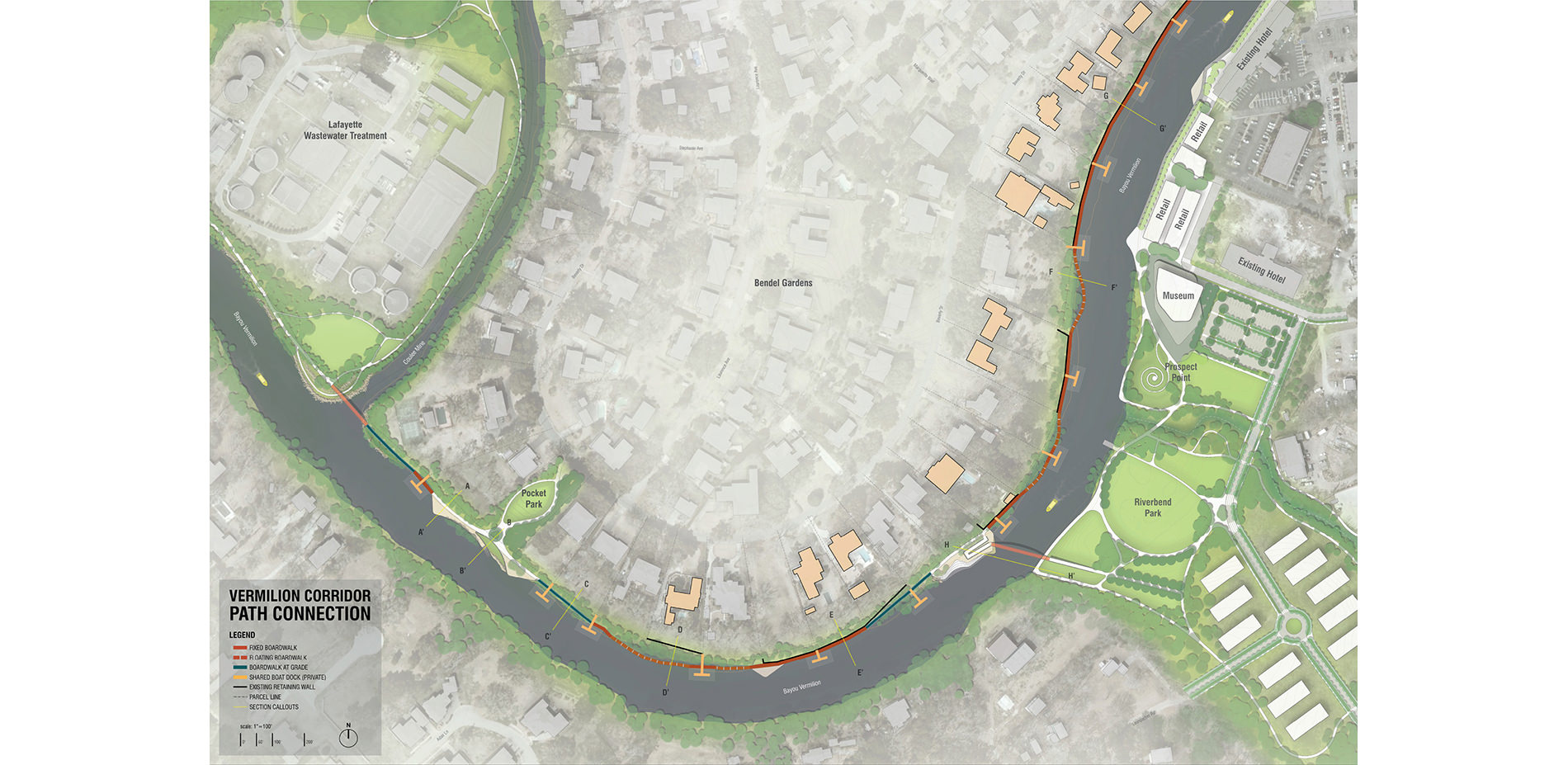
Vermilion Corridor: Path Connection
Photo Credit: Kelly Morvant Photography
Media: Please submit high-resolution image requests to images@asla.org.
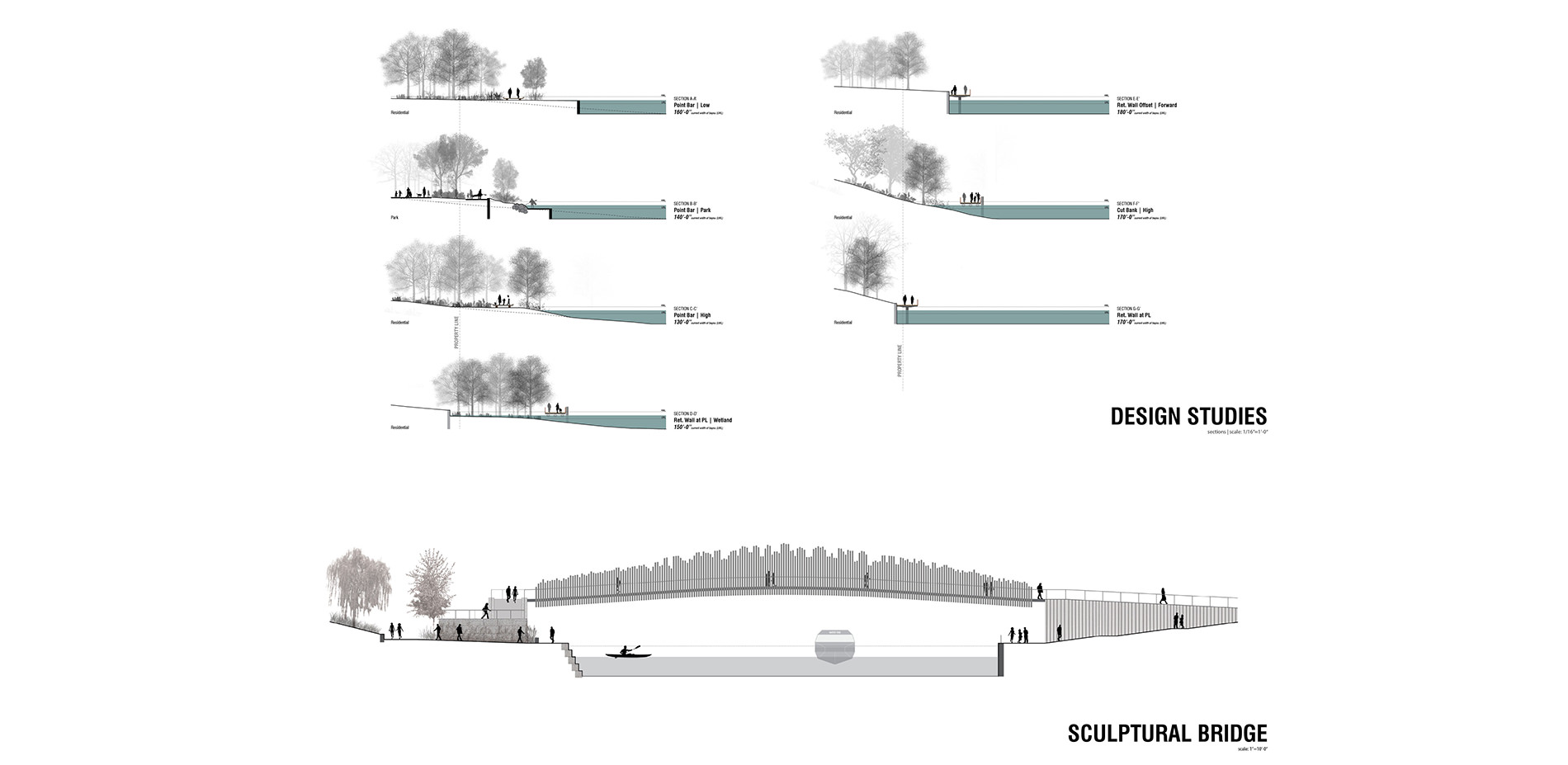
Top: Design Studies; Bottom: Sculptural Bridge
Photo Credit: Kelly Morvant Photography
Media: Please submit high-resolution image requests to images@asla.org.
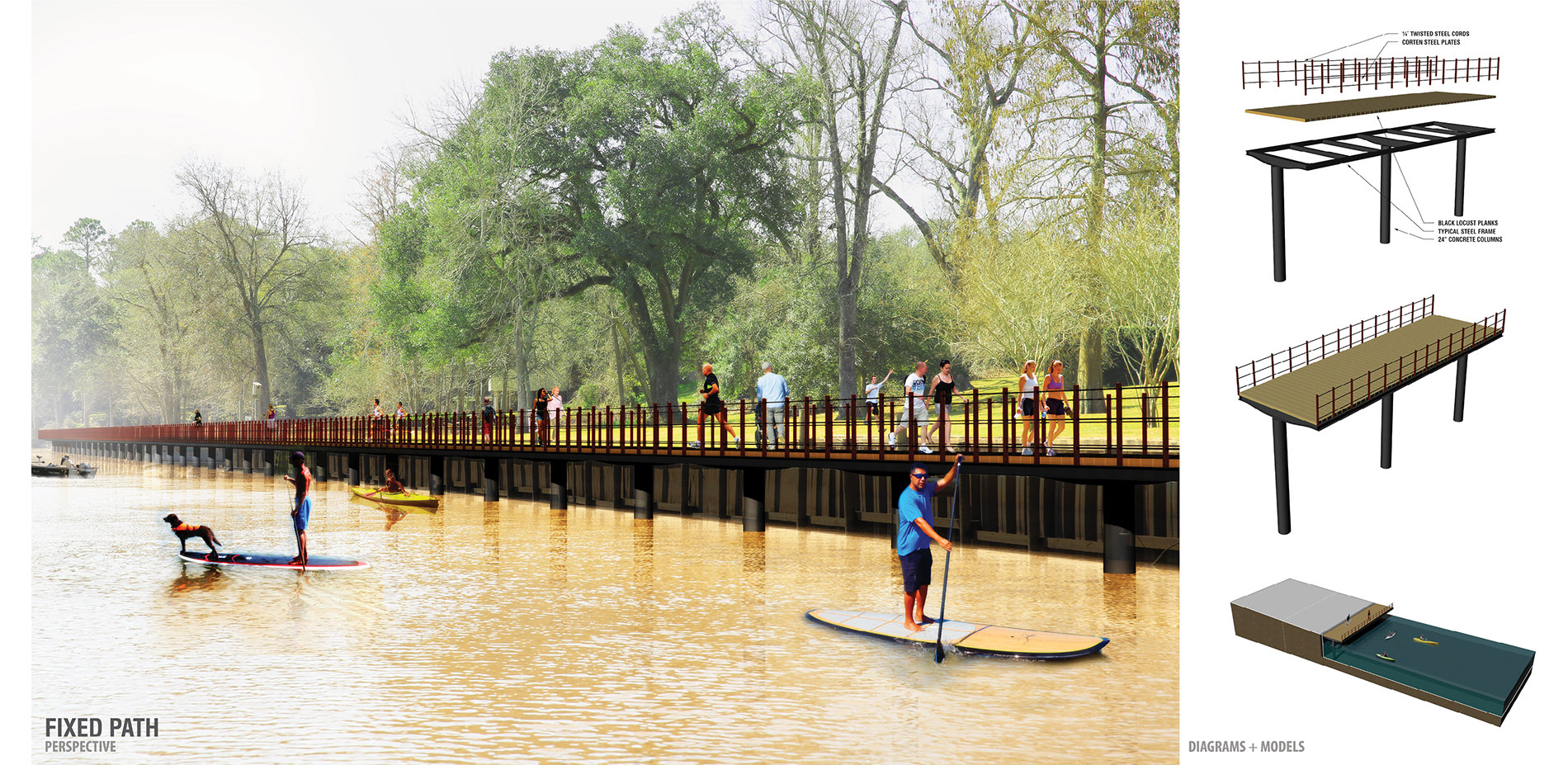
Fixed Path: Perspective
Photo Credit: Kelly Morvant Photography
Media: Please submit high-resolution image requests to images@asla.org.
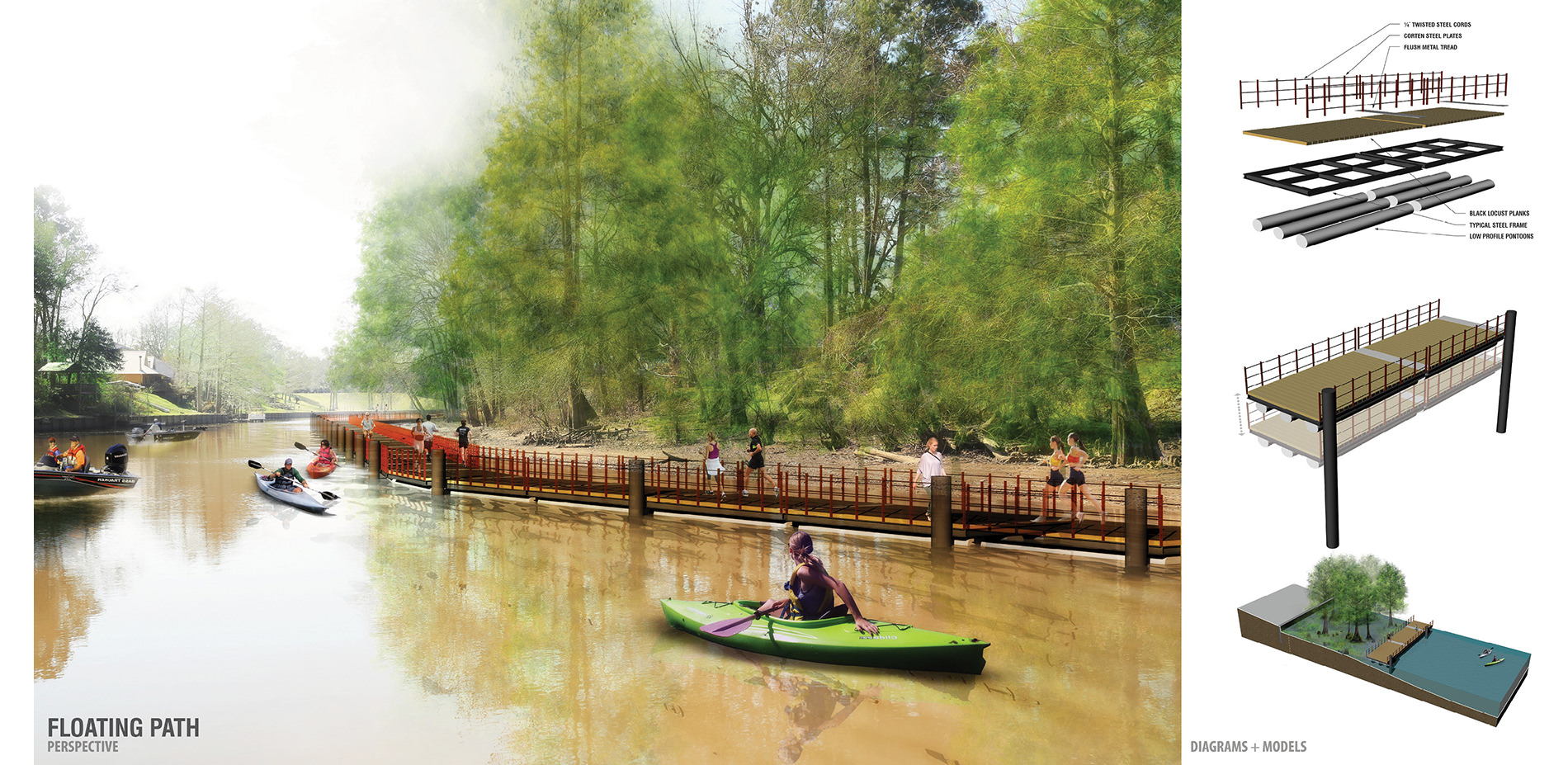
Floating Path: Perspective
Photo Credit: Kelly Morvant Photography
Media: Please submit high-resolution image requests to images@asla.org.
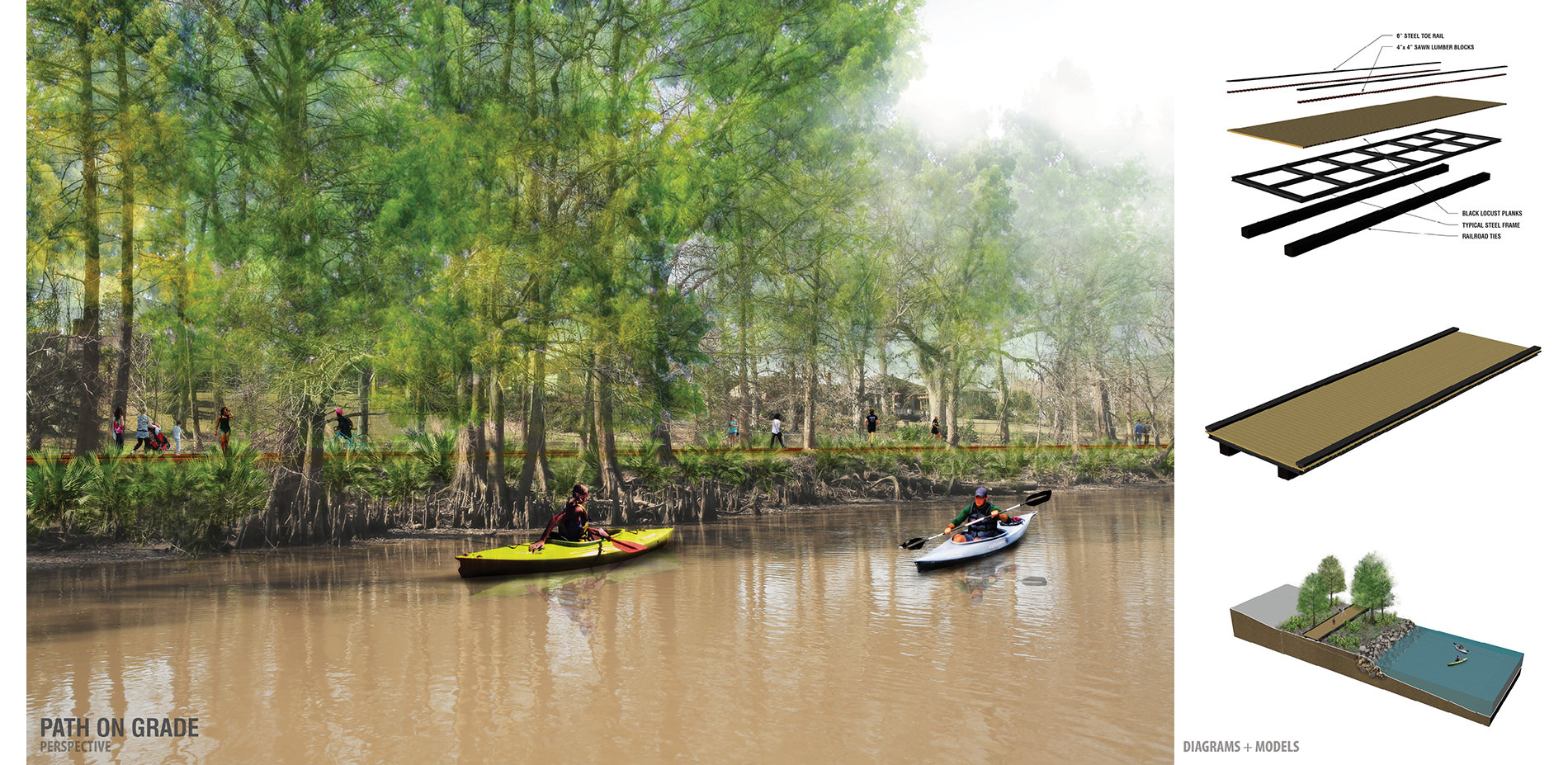
Path on Grade: Perspective
Photo Credit: Kelly Morvant Photography
Media: Please submit high-resolution image requests to images@asla.org.

















